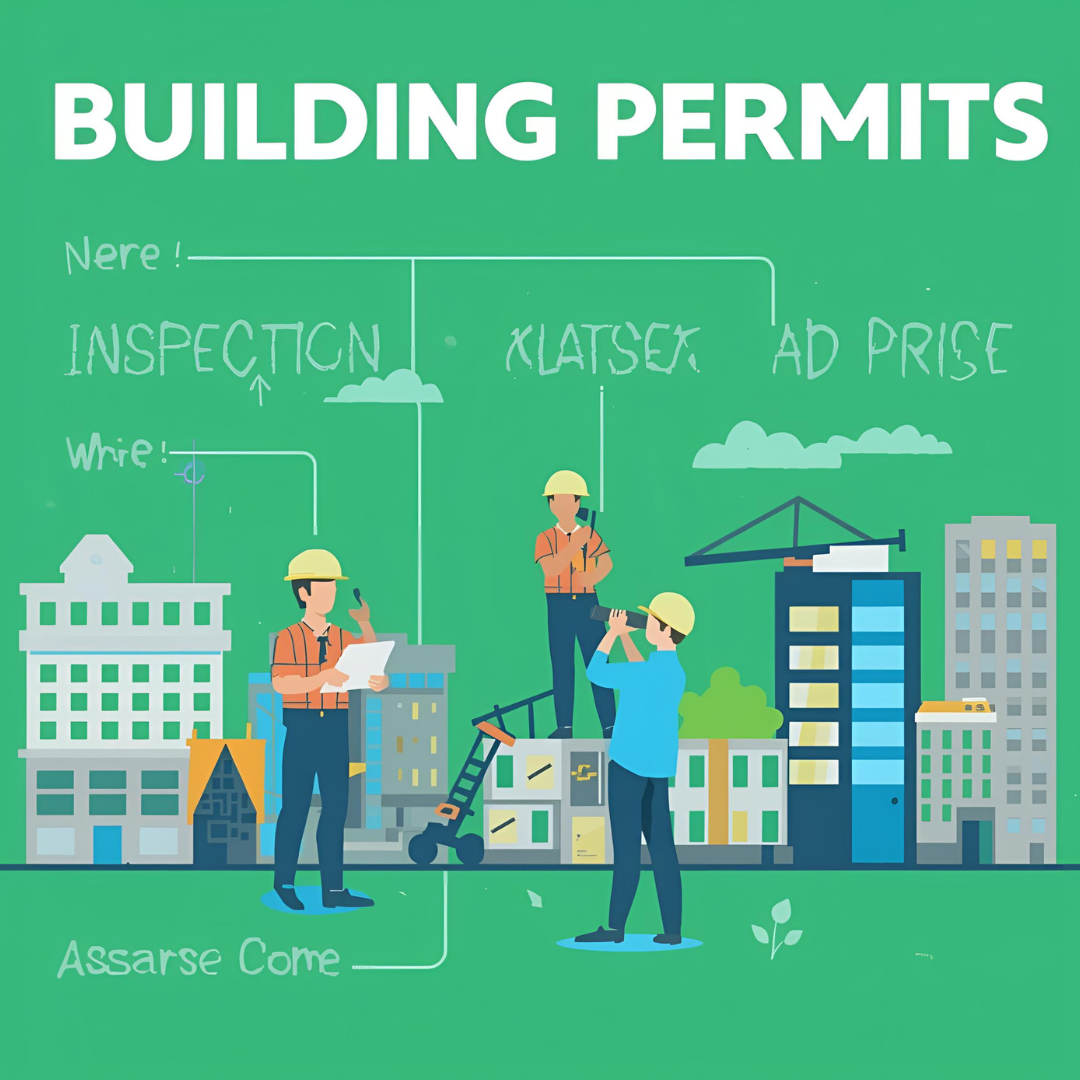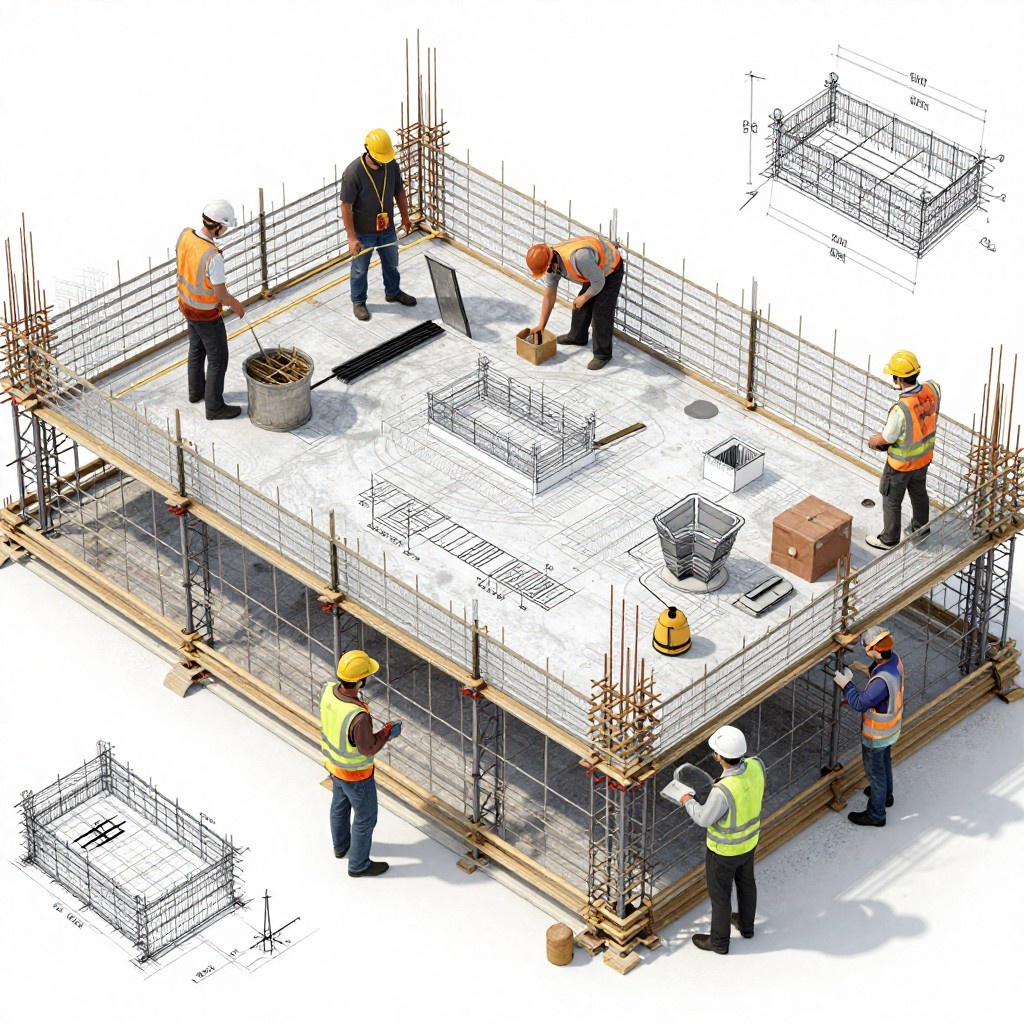In the past few decades, BIM has been one of the few technologies that has managed to leave a lasting impact on the construction industry. BIM has fundamentally changed the way that the AECO industry designs, builds, and manages construction projects. It offers an entirely new and digital approach to the planning and execution of these massive construction projects. Data management has always been a very tedious process for such large-scale projects and it becomes increasingly difficult when an overwhelming amount of stakeholders are involved in the same project.
What is BIM?
BIM is a 3D model-based approach to designing, managing, and executing construction projects. It is rapidly changing how different stakeholders interact with each other and the model. It integrates all the different disciplines involved in a project at a single location to be accessed and updated throughout the project lifecycle. Essentially, a single source of truth. It ensures that no information is lost when the project enters its various stages- right from design, and construction to facility management.

At its core, the main purpose of BIM is to make information accessible to everyone. The various architects, Engineers, and contractors that are involved in the project now work with a digital representation of the actual building, making it much easier to collaborate and update information- instead of working in silos. Every aspect of the project and all of its information is integrated into the model- including materials and costs to lifecycle data and scheduling.
Role of BIM in Construction

BIM plays an important role in the construction process. The centralized model ensures better project coordination and enhanced productivity. All of the subcontractors, engineers, and other stakeholders can access plans, elevations, and other vital project information through a single digital platform.
Here are some of its key functions in the construction
- Design and Visualization - The creation of a detailed 3D BIM model begins right from the design stage to allow the stakeholders to visualize the building before construction begins. Clients can also use this model to understand better what the finished building will look like and contractors can make better and more informed decisions about design changes early on.
- Collaboration - Working on a single digital model with the all people involved in the project helps the team to stay on the same page. With everyone sharing their data on a single platform, there are fewer chances of error and miscommunication.
- Clash Detection - BIM helps to identify clashes between different disciplines. All of the different utilities - Structure, Architecture, MEP, and landscape combine their 3D models into one single model and detect clashes between different building systems. This helps to avoid costly rework and delays during the construction process.
- Cost and Time Efficiency - Project scheduling and cost estimation are important aspects of BIM. They help stimulate different construction scenarios and give an estimate of project costs. This helps the contractors to optimize the use of manpower and materials and also to develop accurate project timelines.
- Lifecycle management - The data that is stored in these BIM models can be utilized throughout the project lifecycle , right from design to facility management. It can be used to optimize building performance, schedule maintenance, and even plan for future renovations.
BIM in Prefabrication

Prefabrication is rapidly gaining popularity in the AECO industry due to it’s ability to cut costs, reduce waste, and speed up project timelines. In this method of construction, building components are mass-produced in a factory and then assembled onsite.BIM is especially used in these projects, due to its ability to enhance project efficiency and accuracy.
- Precise Design for Prefabrication - The prefabrication process requires highly detailed models and fabrication-level detailed drawings. For the components to be constructed offsite and then assembled on-site, the parts need to fit together perfectly. This ensures that we avoid any costly rework and delays during installation.
- Clash detection - To ensure that all the prefabricated components fit together perfectly, BIM uses a clash detection process so that all building systems will integrate seamlessly.
- Efficient Supply Chain Management - For an efficient prefabrication process, BIM process integrates digital supply chains in itself to allow real-time tracking of materials and components. This ensures that prefabricated elements arrive on-site when they are needed, reducing storage costs and the risk of damage.
- Improved Safety - By manufacturing building components in a controlled environment, BIM-enhanced prefabrication improves worker safety. It reduces the need for labor-intensive tasks on-site, such as scaffolding or working at heights, minimizing the risk of accidents.
BIM for Infrastructure

We often associate BIM with projects like buildings and residential towers or high-rise apartments. But, infrastructure projects, involving the construction of roads, tunnels, bridges, and highways also use BIM to design and manage their complex geometries. These projects often involve the coordination of multiple disciplines such as underground utilities. BIM helps teams to analyze site conditions and simulate different construction scenarios.
- Site Analysis and Planning - BIM models include geographical and topographical data for the assigned site. We can also Geo coordinate the site to match existing site conditions which helps the stakeholders to accurately analyze site conditions. This process helps the engineers and surveyors to analyze terrain and assess environmental impact so that the designs can be optimized on real-world conditions.
- Collaboration across Disciplines - Infrastructure projects involve a lot of different disciplines to coordinate with each other - civil engineers, Geo technical engineers, utility planners, etc. Bim provides a digital platform , common to all where each party can share data regarding their project phase and resolve any conflicts early on. Multi discipline engineers and project teams can explore various alternative scenarios, optimize designs and perform value engineering collaboratively.
- Improved asset management - After an infrastructure project is completed, the BIM model serves as a valuable asset for managing maintenance, repairs, and upgrades. This is particularly beneficial for large-scale projects like dams or highways, where long-term management is crucial for safety and performance.
Advantages to using BIM in construction

Construction professionals, project owners and stakeholders receive a great deal of benefits from BIM. Advantages of Using BIM in Construction. Here are some key benefits that you can get from the use of Building Information Modeling:
- Improved Collaboration and Communication: BIM offers a common platform for all parties to work together, review plans and offer feedback immediate. That level of communication helps reduce miscommunications and mistakes, which can result in expensive project setbacks.
- BIM helps make the construction industry more profitable, at the end of the day all these improvements reduce rework and materials waste causing cost reduction. It also saves time and enables contractors to schedule better the resources.
- Enhanced Safety: BIM allows to visualize and simulate safety risks, so construction teams can implement preventive procedures before the actual physical build. It helps reduce on-site accidents & improves overall safety.
- Sustainable Construction: BIM allows examining the impact on construction with an evaluation of environmental effect by material, energy use and waste generation. It provides information stakeholders never had before, promoting the use of green materials and energy-efficient building systems.
- Lifecycle Management: Once construction is over, BIM models contain an abundance of data that can help in facilities management. This consists of servicing protocols, performance data, and energy output so building owners can more effectively manage long-term operations.
Current Trends in BIM

BIM changes with time, where spatial infra structure integration and new trends of technologies simply lay the way for it.
Current trends in BIM include :
- Cloud-Based Collaboration: This facilitates better collaboration among project stakeholders by making BIM models available to them from any corner of the world, thanks to cloud technology. Real-time availability: this ensures that workers coordinate better and are not held up.
- Augmented and Virtual Reality: Augmented reality (AR) and virtual reality (VR), which can do wonders in improving design visualization, are being increasingly integrated with BIM. Allowing stakeholders to like "take a walk" through the building before it's built, these technologies increase the accuracy of design as well as involvement.
- Generative Design: Generative design uses algorithms to generate multiple design options based on predefined parameters. This trend is helping architects and engineers explore innovative solutions and optimize building performance.
- Digital Twins: The use of digital twins—digital replicas of physical assets—is becoming more prevalent in BIM. Digital twins allow for real-time monitoring and management of building systems, improving operational efficiency and maintenance.
- Sustainability: The push for sustainable construction practices is driving BIM to incorporate tools for energy analysis, lifecycle assessment, and green building certifications.
Future of BIM in the Construction Industry

The future of BIM is promising, with several emerging technologies poised to further transform the construction industry. Here’s a look at some of the key innovations on the horizon:
Predictive Analytics and BIM
Predictive analytics uses data from past projects to predict future outcomes, such as cost overruns, schedule delays, and potential risks. When integrated with BIM, predictive analytics can help project teams make data-driven decisions, optimize resource allocation, and reduce project risks.
AI and Machine Learning in BIM
Artificial Intelligence (AI) and machine learning are already being used to automate tasks like clash detection and design optimization in BIM. In the future, these technologies could be used to predict building performance, optimize material usage, and even automate the construction process.
The Role of Blockchain in BIM
Blockchain technology offers a secure way to manage and share project data in BIM. It ensures data integrity, reduces the risk of unauthorized access, and improves accountability. Blockchain could play a significant role in enhancing collaboration and trust among project stakeholders.
BIM and Digital Twins
Digital twin technology is set to revolutionize facilities management by creating real-time digital replicas of buildings. These digital twins can be used to monitor building performance, predict maintenance needs, and optimize energy usage. BIM models provide the foundation for creating these digital twins, making them an integral part of future construction projects.
Conclusion
Building Information Modeling (BIM) is a game-changer for the construction industry. Its ability to improve collaboration, reduce costs, and enhance project outcomes has made it an indispensable tool for construction professionals. As BIM continues to evolve, it will integrate with emerging technologies like AI, blockchain, and digital twins, further transforming the construction industry. The future of construction is digital, and BIM is leading the way.
FAQ:
What are the cost benefits of using BIM in construction?
BIM reduces rework, optimizes material usage, and improves project scheduling, all of which contribute to significant cost savings. Its ability to detect clashes and simulate different scenarios helps prevent costly errors.
What role does BIM play in prefabrication and modular construction?
BIM enhances the prefabrication process by providing precise designs that can be used to manufacture building components offsite. This improves accuracy, reduces waste, and shortens construction timelines.
What are the different levels of BIM maturity, and why are they important?
BIM maturity levels range from 0 to 3, with Level 0 representing basic 2D CAD drawings and Level 3 representing full collaboration between all project stakeholders. The higher the maturity level, the more integrated and collaborative the project becomes.
How can small construction firms adopt BIM effectively?
Small firms can start by adopting cloud-based BIM solutions, which offer flexibility and scalability. Training staff, investing in affordable software, and starting with small projects can help firms transition to BIM without overwhelming resources.




